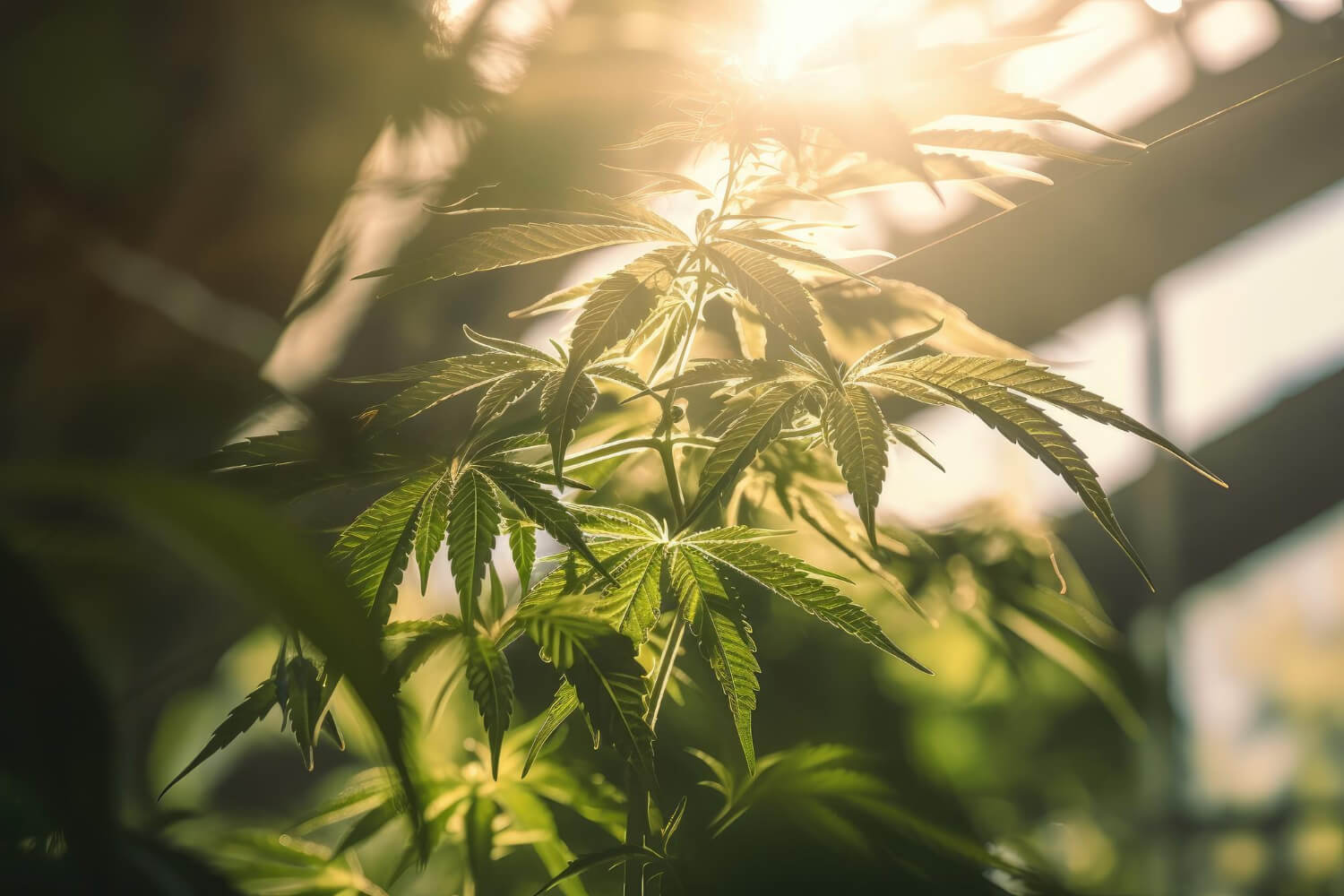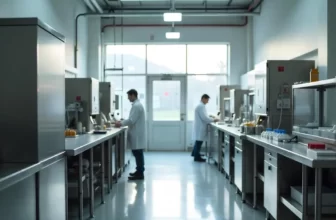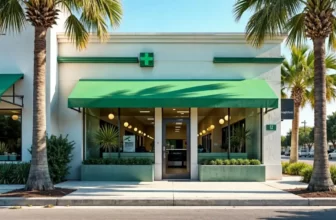When wondering about the whereabouts of Hemp, CBD, and all that is involved with this plant group, you might often wonder where it comes from. Well, worry no more, for we have got you covered. You are about to learn how to identify a Hemp plant easily once you have gone through this piece of writing, so let’s just start right away!
Understanding Hemp
Before we dive right into the identification factors, it is important to have a brief overview of the product in question. As everyone knows, Hemp is that industrial and non-psychoactive variety of the Cannabis sativa plant.
Cannabis has been cultivated for diverse purposes over millennia, serving applications ranging from industrial uses to the production of nutritional and wellness products.
One of the notable attributes of Hemp is its low THC content, rendering it a safe option for consumption. Every component of the hemp plant bears beneficial effects, contributing to its widespread utilization to provide advantages to people worldwide. This makes it popular among the masses.
Physical Characteristics of Hemp Plants
It is important to learn about the cultivation, structure, and physical properties of the Hemp plant first if you wish to learn how the benefits of the Hemp plant come into play.
Here is an overview of the basic physical characteristics that the Hemp plant contains:
Stem and Stalks
The stems of hemp plants are fibrous and sturdy, characterized by a woody inner core known as the “hurd” or “shiv.” These fibers are commonly used in the production of various industrial products.
Leaves
Hemp leaves are compound and palmate, with serrated edges. They usually have seven to nine leaflets, and the leaf shape can vary slightly among different hemp varieties.
Seeds
Hemp plants produce small, brown seeds that are oval-shaped and have a hard outer shell. Hemp seeds are rich in nutritional content and are commonly used in food products.
Growth Cycle
Hemp has a relatively short growth cycle, with some varieties maturing in as little as 60-90 days. This rapid growth makes hemp a versatile crop for various agricultural practices.
Dioecious or Monoecious
Hemp plants can be dioecious (separate male and female plants) or monoecious (both male and female flowers on the same plant). The dioecious trait is more common in hemp varieties.
Hemp Plant Growth Patterns
There are several factors that affect the growth and resultant cultivation of the Hemp plant. These various factors might include genetics, environmental conditions, and cultivation practices.
Here are some brief details about the general growth patterns of hemp plants:
Germination
The growth process begins with the germination of hemp seeds. Seeds are typically planted in a well-draining growing medium.
Seedling Stage
During the seedling stage, hemp plants develop their first set of leaves (cotyledons) and subsequently grow their first true leaves. This stage is critical for the establishment of the plant’s root system and initial growth.
Vegetative Growth
In the vegetative growth phase, hemp plants focus on developing their structure and foliage. They produce more leaves, branches, and height. The length of the vegetative stage depends on factors such as the specific hemp variety, cultivation goals, and environmental conditions.
Flowering Initiation
Hemp plants exhibit a transition from vegetative growth to flowering based on the photoperiod, meaning the amount of light they receive.
Most hemp varieties are either short-day plants (flower when the days become shorter) or auto-flowering (independent of light conditions). Flowering initiation is often triggered by a certain number of hours of darkness.
Flowering Stage
During the flowering stage, hemp plants develop and produce flowers. The male plants produce pollen-containing male flowers, while female plants develop seedless flowers rich in cannabinoids, such as CBD. The flowering duration can vary depending on the hemp strain and environmental conditions.
Pollination and Seed Development
If male and female plants are present, pollination can occur, leading to seed development in the female flowers. However, in some cases, especially when cultivating hemp for cannabinoid production, growers may prefer seedless (sinsemilla) female plants.
Harvest
Hemp plants are typically harvested at different times based on the desired end product. Fiber hemp may be harvested when the fibers are mature, while hemp cultivated for seeds or cannabinoids may be harvested at specific stages of flower development.
Hemp vs. Marijuana: Key Differences
People who are not very aware of the CBD world often tend to confuse the differences between the various variants that are present around them.
When it comes to Hemp, people often tend to mix Hemp with Marijuana and vice versa. So, to ease things up, here is an overview of some of the main differences between Hemp and Marijuana.
Flowering Characteristics
Hemp plants produce small, greenish-yellow flowers that are not as noticeable as the flowers of marijuana plants. The flowers are often arranged in dense clusters or panicles.
Cultivation Practices
Hemp is often grown outdoors in large fields for industrial purposes, such as fiber, seeds, and CBD extraction. It has a relatively rapid growth cycle and can thrive in various climates.
Marijuana is often cultivated indoors or in controlled environments to optimize conditions for THC production. Cultivation practices focus on maximizing the flower and bud development.
Common Uses
Hemp has a wide range of industrial uses, including the production of fiber for textiles, seeds for food and oil, and CBD for wellness products. It is also used in construction materials, biofuels, and more.
Marijuana is primarily used for recreational and medicinal purposes due to its psychoactive effects. It is consumed by smoking, vaporizing, or incorporated into edibles and other products.
Practical Tips for Identifying Hemp
Identifying hemp can be challenging, especially for those who are not familiar with the plant. However, for the curious souls, here are some practical tips to help identify hemp:
Leaf Shape
Hemp leaves are typically palmate, meaning they have multiple leaflets radiating from a central point. The leaflets are serrated, and there are usually seven to nine leaflets per leaf.
Leaf Color
Hemp leaves are usually a vibrant green color. However, leaf color can vary based on factors such as soil conditions, nutrients, and overall plant health.
Stem Structure
Hemp plants have sturdy and fibrous stems. The inner core of the stem, known as the hurd or shiv, is woody and fibrous, and it is often used in industrial applications.
Plant Height
Hemp plants are known for their height. They can grow tall, with some varieties reaching heights of 15 feet or more. However, the specific height can vary based on the strain and growing conditions.
Flowering Characteristics
Hemp plants produce small, greenish-yellow flowers that are not as noticeable as the flowers of marijuana plants. The flowers are often arranged in dense clusters or panicles.
Lab Testing
For definitive identification of hemp and to confirm THC levels, laboratory testing is necessary. Many hemp cultivators conduct regular testing to ensure compliance with legal THC limits.
Location and Legal Considerations
Knowing the legal status of hemp cultivation in your region is crucial. Many jurisdictions have specific regulations and licensing requirements for growing hemp. Confirming compliance with local laws can be a key factor in identifying hemp.
To Summarize
Hence, with just a few important pointers in mind, you will be easily able to identify the Hemp plant from a lot of similar plants in front of you.
The key is to look out for the differentiating factors that you know would not be present in the other plants and thus, would be able to easily pick off these features and identify Hemp from the other plants easily.
Also, it’s important to note that visual identification alone may not be sufficient to distinguish hemp from other Cannabis varieties, especially marijuana. These small features would easily help you navigate your way through the Hemp world with no problems at all.





